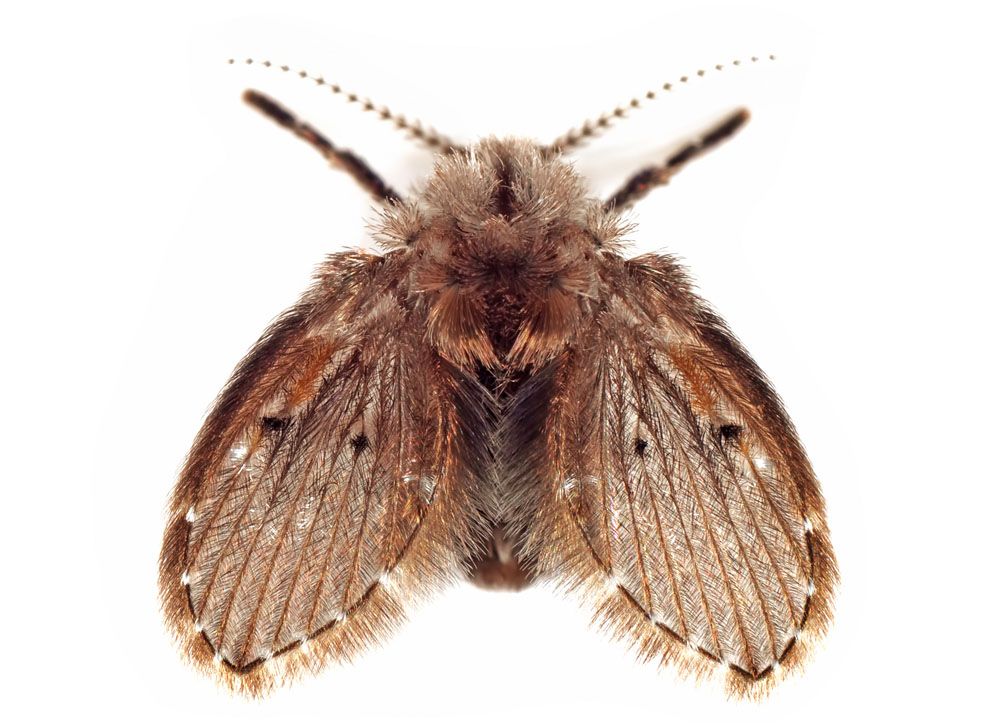
Moth Flies – Drain Flies – Psychoda spp.
Moth Flies/Drain Flies (Psychoda spp.)
Common Name: Moth Flies/Drain Flies
Latin Name: Psychoda spp.
Appearance:
- Adult drain flies, Psychoda spp., can be seen resting on the walls of bathrooms, building exteriors, and showers near larval habitats.
- Adults are little, heavily-haired, Broad-bodied flies with a body length of less than 5 mm (1/4 inch). The fly’s wings are frequently covered with hairs or scales, giving them a “fuzzy” look.
- They are not good flyers and prefer to move by crawling on walls or other surfaces. They only travel a few feet at a time and fly in a jerky line when they do fly.
- Adults may be drawn to lights at night. These flies are widespread in shaded areas near water and may be seen in huge numbers on thick vegetation in swampland.
